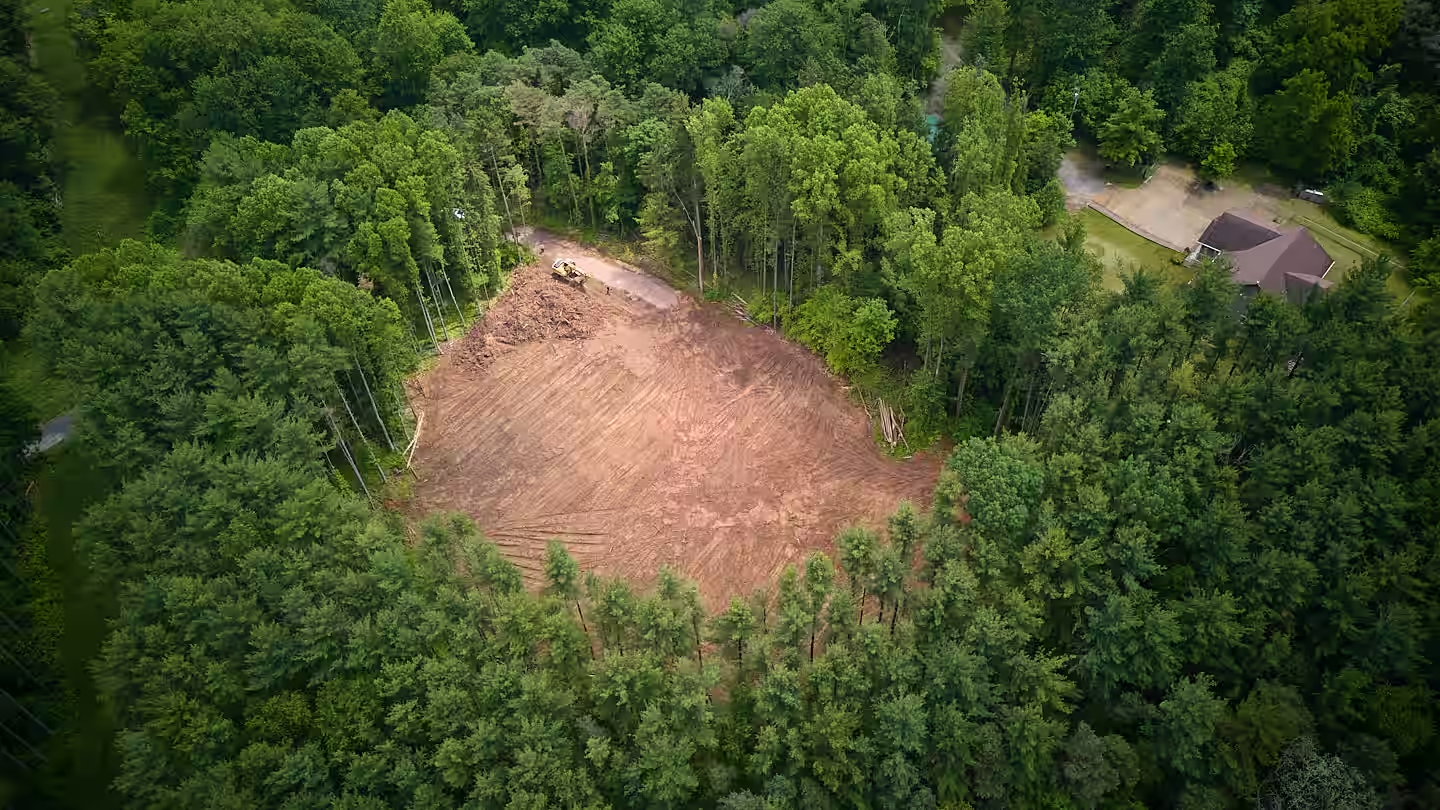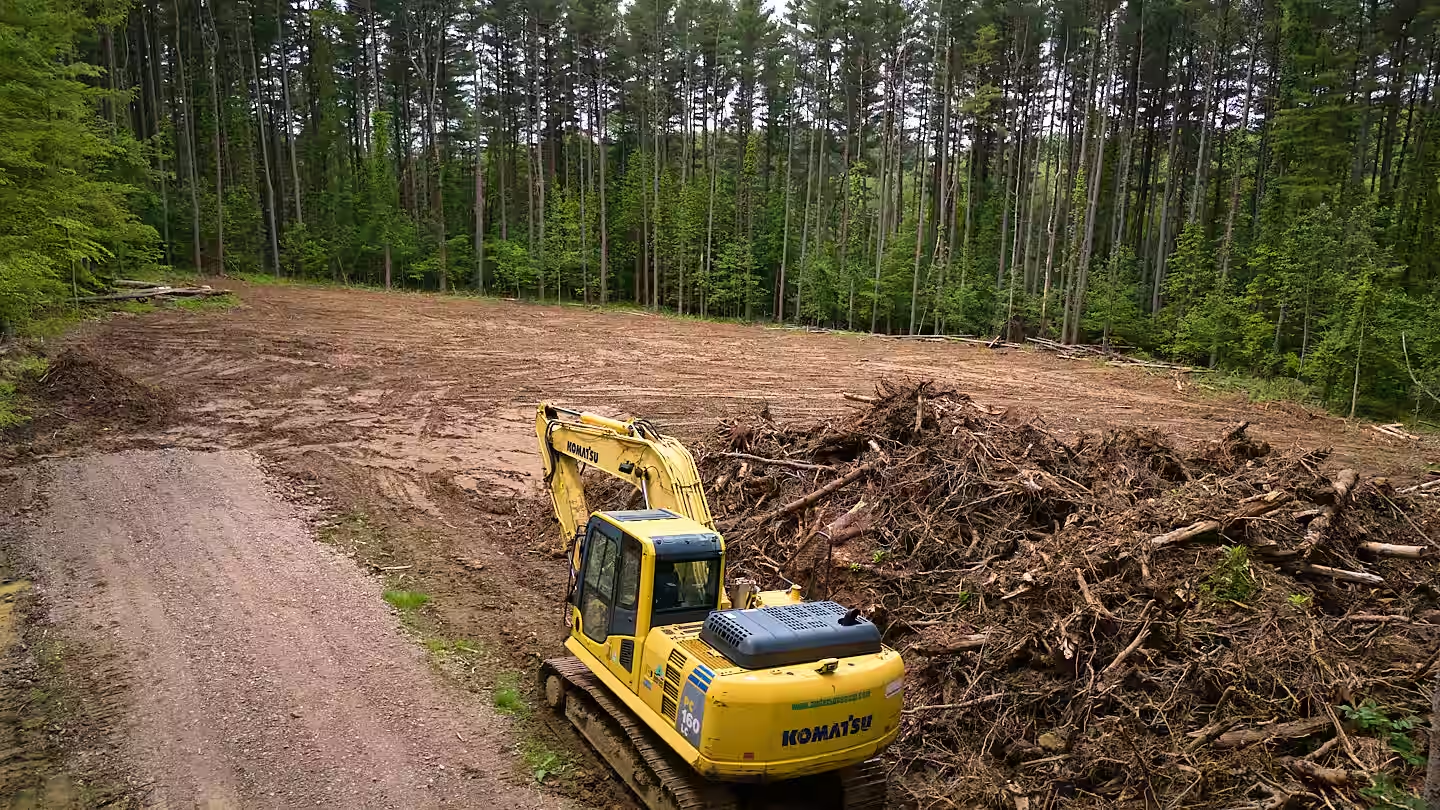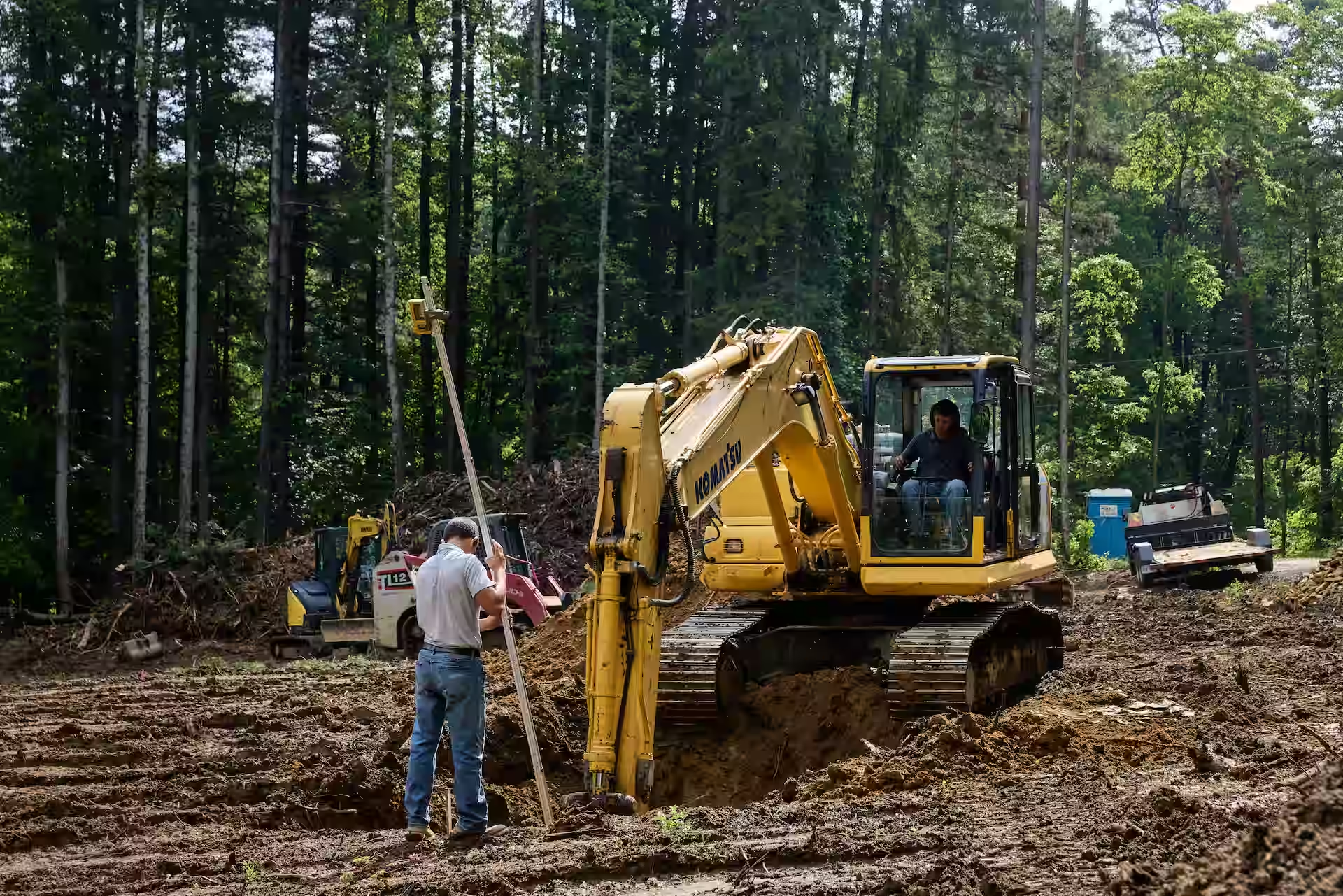Start with purpose and lifestyle
Before you look at listings, answer two questions:
- How will we use this home?
Primary residence, weekend/vacation place, or future retirement home (or a mix—e.g., a vacation home that later becomes your retirement home). - Where does it need to be to support our life?
Think routine, not just scenery.
Primary residence
Keep family, work, and schools front and center. If two jobs are in different towns, the midway point may be smartest. School district quality and distance to activities matter if you have children.
Vacation home
Decide how far you’re truly willing to drive, regularly. Many people tire of trips longer than about an hour each way when it’s a frequent weekend routine. Closer to home = more use; farther out = often cheaper land.
Retirement home
Proximity to children/grandchildren, medical care, and everyday shopping tends to rise in importance. If specific hobbies matter (golf, fishing), include them in your location filter.









